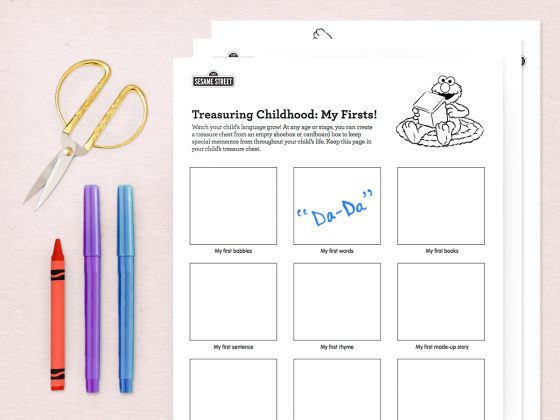
Treasuring Childhood
Help parents notice and appreciate moments with their children.
- Tell families that from day one, everything they do builds important connections in their child’s brain. Children’s brains grow and develop when families encourage curiosity by being nurturing and responsive. There are so many milestones and memories that parents want to remember and share with kids as they grow up.
- Explain that families will be creating a treasure chest from an empty shoebox. In it, they’ll keep special mementos to remember important early-development milestones throughout their child’s life. They can add to the chest as often as they’d like, and then share these keepsakes and stories together over the years!
- Distribute empty shoeboxes to parents (one for each of their children), along with markers, stickers, and any other decorating supplies. (If children are present, you might say, “This is your special treasure box where you can keep things that show how much you’re growing! You can decorate it any way you’d like.” If there are parents with younger children or babies, suggest that they hold the child on their lap as they decorate the box together. Siblings can also help each other decorate.)
- Distribute the Treasuring Childhood printables (one copy of each per family), look over them together, and explain that they can be completed at home over time and added to the treasure chest.
- After parents (or children) have decorated their treasure chests, encourage parents to write a “Things I Love About You” list that they can share with their child anytime, or when they’re older. Tell families that children’s brains become wired for emotions between 8 months and 2 years, and that showing unconditional love, responding to their needs, and talking about emotions can encourage children’s healthy emotional development as well as build confidence and self-esteem.
- Remind parents that any age is great to start—there will still be so many memories and milestones with which they can fill their treasure chest! Stopping to treasure childhood and reflect on how much their child has grown is a great way to build a sense of pride and accomplishment in parenting, as well as build children’s confidence as they see how they’ve grown and developed. As a take-away message, emphasize that being aware of changes in kids’ development as they are happening helps parents in the day-to-day.
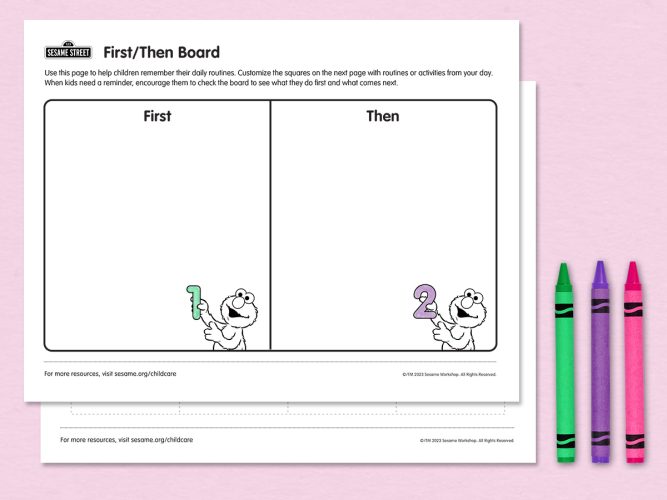
“First/Then” Boards: Managing Daily Routines
A printable tool to help children know what to expect in their daily routines and activities.
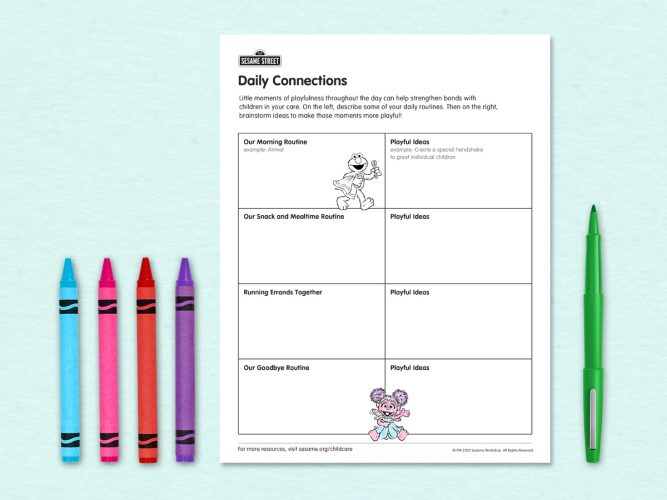
Planning for Play in Daily Routines
A printable page to plan moments of playfulness during daily routines.
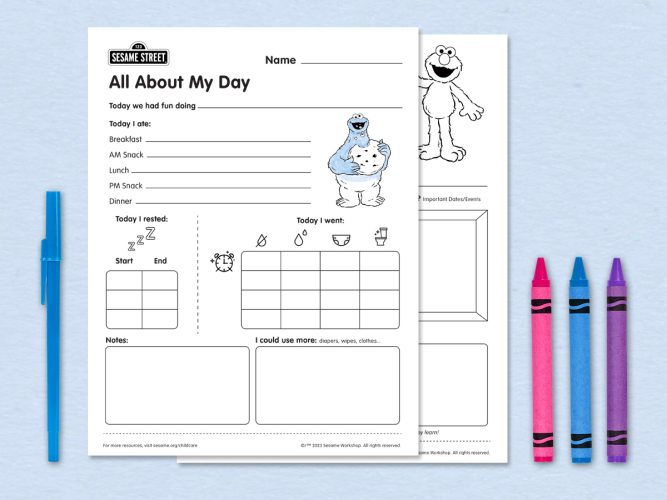
Provider-Parent Communications Log
A printable page to help parents and caregivers communicate about a child’s day.

Communicating with Parents and Caregivers Around Routines
An article offering strategies for communication with parents/caregivers.
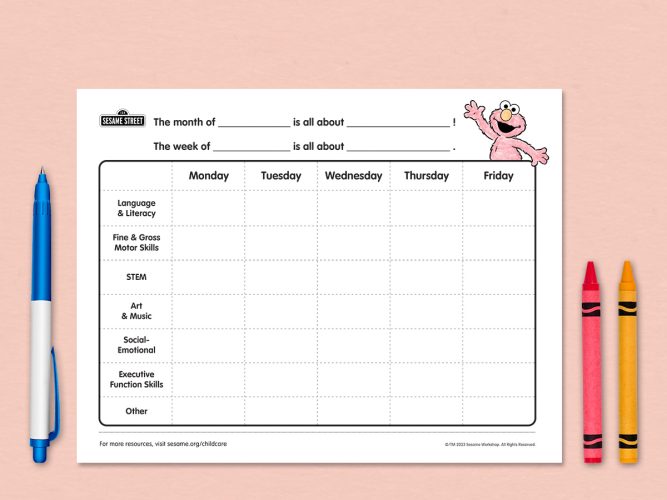
Lesson Planning Practice
A tool to plan opportunities for learning connected to monthly and weekly themes.
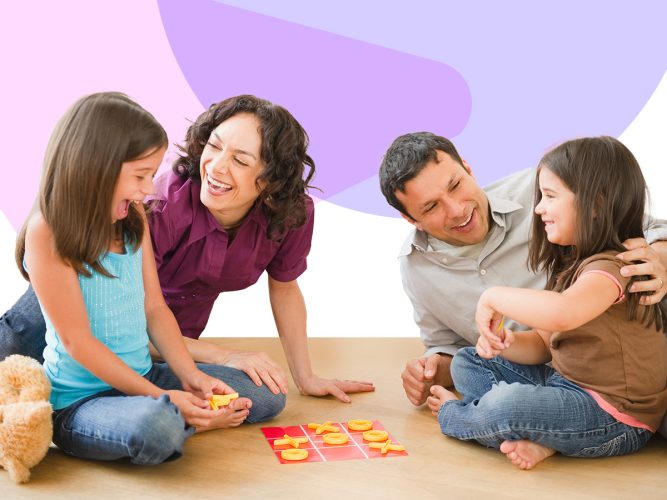
Shaping an Engaging Learning Environment
Your space is full of opportunities for children to learn and grow!

Planning Our Days: Creating Schedules for Children
Planning ahead can help you be intentional about the learning of the children in your care!
